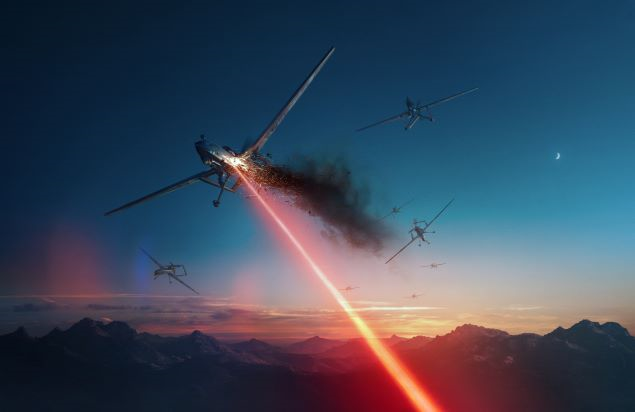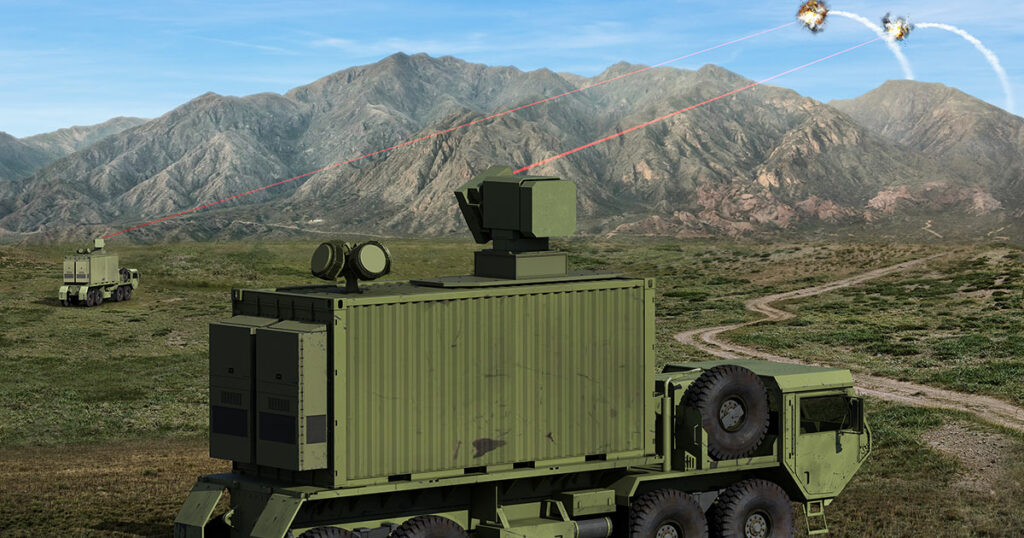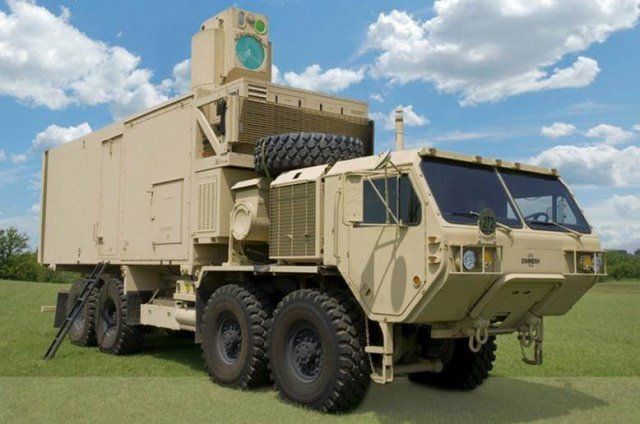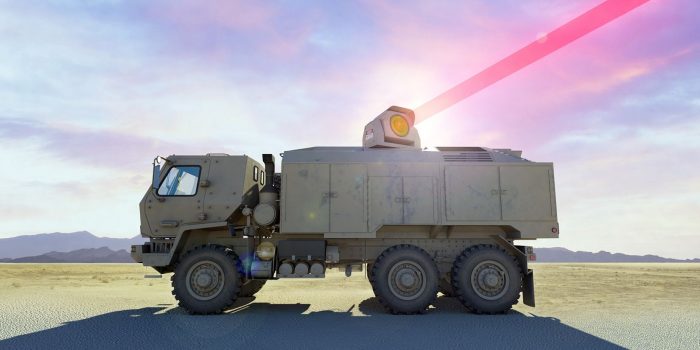A U.S Army contract has been awarded to General Atomics Electromagnetic Systems (GA-EMS) and Boeing to prototype their most powerful distributed-gain laser weapon to date: a 300-kW, solid-state, target-tracking laser weapon capable of destroying hostile missiles and aircraft in the sky.
To improve its Short-Range Air Defense(SHORAD), the US military utilizes a range of strategies. Earlier this week on General Dynamics and Epirus Inc. collaborated on the development of a directed energy weapon based on high-power microwave technology. General Dynamics’ Stryker combat vehicles in the United States will be equipped with the weapon designed.

In July, the Rapid Capabilities and Critical Technologies Office (RCCTO) held a combat showdown to test a variety of futuristic scenarios involving airborne threats and laser weapons. While the weapon’s details were not made public at the time, a recent award for a high-energy laser weapon system suggests who was involved in it.

“The high power, compact laser weapon subsystem prototype that GA-EMS will deliver under this contract will produce a lethal output greater than anything fielded to date,” the president of GA-EMS, Scott Forney, stated in a press statement. The weapon system will be used against unmanned aerial vehicles (UAVs) and missiles.
According to the press release, the contract for a prototype that demonstrates the design will use two General Atomics seventh-generation lasers. “Recent architectural improvements have enabled our single-beam DG Lasers to achieve comparable beam quality to fibre lasers in a very simple design without the need for beam combination,” said Dr Michael Perry, vice president at GA-EMS.

Boeing will provide the laser beam director and accurate acquisition, tracking, and pointing software as part of the agreement, according to the news release. “This technology represents a leap-ahead capability for air and missile defence that is necessary to support the Army’s modernization efforts and defeat next-generation threats in a multi-domain battlespace,” Forney added.


